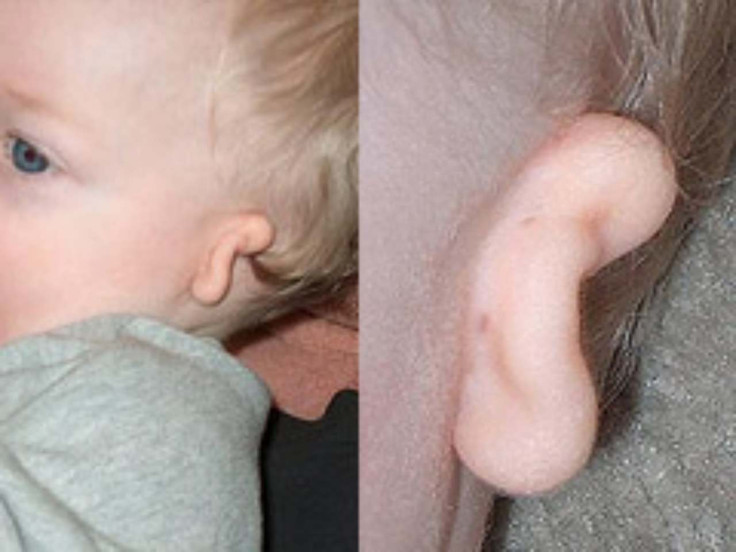National Microtia Awareness Day: Important Things To Know About The Condition
On National Microtia Awareness Day, observed on Nov. 9, the spotlight is on the congenital condition that affects people's ears.
National Microtia Awareness Day was created by the organization Ear Community in 2016 to spread awareness about the condition. This is a birth defect wherein the external part of the ear is "small and not formed properly."
And although the condition affects one in every 2,000 to 10,000 babies in the U.S. each year, many people still don't know much about it. In fact, the Ear Community itself was founded by Melissa Tumblin in 2010 as her daughter was born with microtia but had limited information about it at the time, according to National Today.
"National Microtia Awareness Day is a day that is dedicated to raising awareness and spreading knowledge," Tumblin wrote in a post on the Ear Community website. "Through this national day, many can come together and find out about organizations & resources for information & support."
People can observe the day by donating to organizations that are dedicated to people with microtia and other similar conditions. For instance, Ear Community has a store where one can purchase items such as shirts and hoodies on National Microtia Awareness Day.
Those living with the condition or have loved ones with similar issues can share their stories to help inform other people and perhaps help parents whose babies have just been diagnosed to cope better.
But, of course, one important way to observe the day would be to learn more about the congenital condition. Let's have a look at some important Microtia facts. (Courtesy: the CDC, Stanford Medicine Children's Health and Cleveland Clinic)
- The word microtia comes from the Latin words "micro" and "otia," which together means "little ears."
- It is a congenital condition, meaning people are born with it.
- Ears of those with microtia may vary in appearance, with some being smaller than normal ones and others having a small, "peanut-shaped" ear lobe.
- Microtia can be categorized into four types. Type 1 is the mildest form wherein the ears have all the parts but are smaller than average, while Type 4 is when the outer ear structures are completely missing (anotia). Type 4 is said to be rather rare.
- People with microtia may or may not have hearing loss.
- Although it can affect both ears, it usually affects only one, with the right ear being the most commonly affected one. It is also more common in males.
- It's possible for one twin to have microtia and the other not.
- Microtia is due to abnormal development of the ears during the first trimester of pregnancy, but its exact cause remains unclear.
- For instance, some cases of microtia may be due to an abnormality in a single gene, while others are caused by the consumption of a medicine called isotretinoin during pregnancy.
- The "majority" of microtia cases appear to be random.
- Treatments for babies with microtia will depend on the individual's condition. It is best to discuss them with your healthcare provider to get better results.
- People who are born with microtia can lead normal and healthy lives.

© Copyright IBTimes 2025. All rights reserved.






















